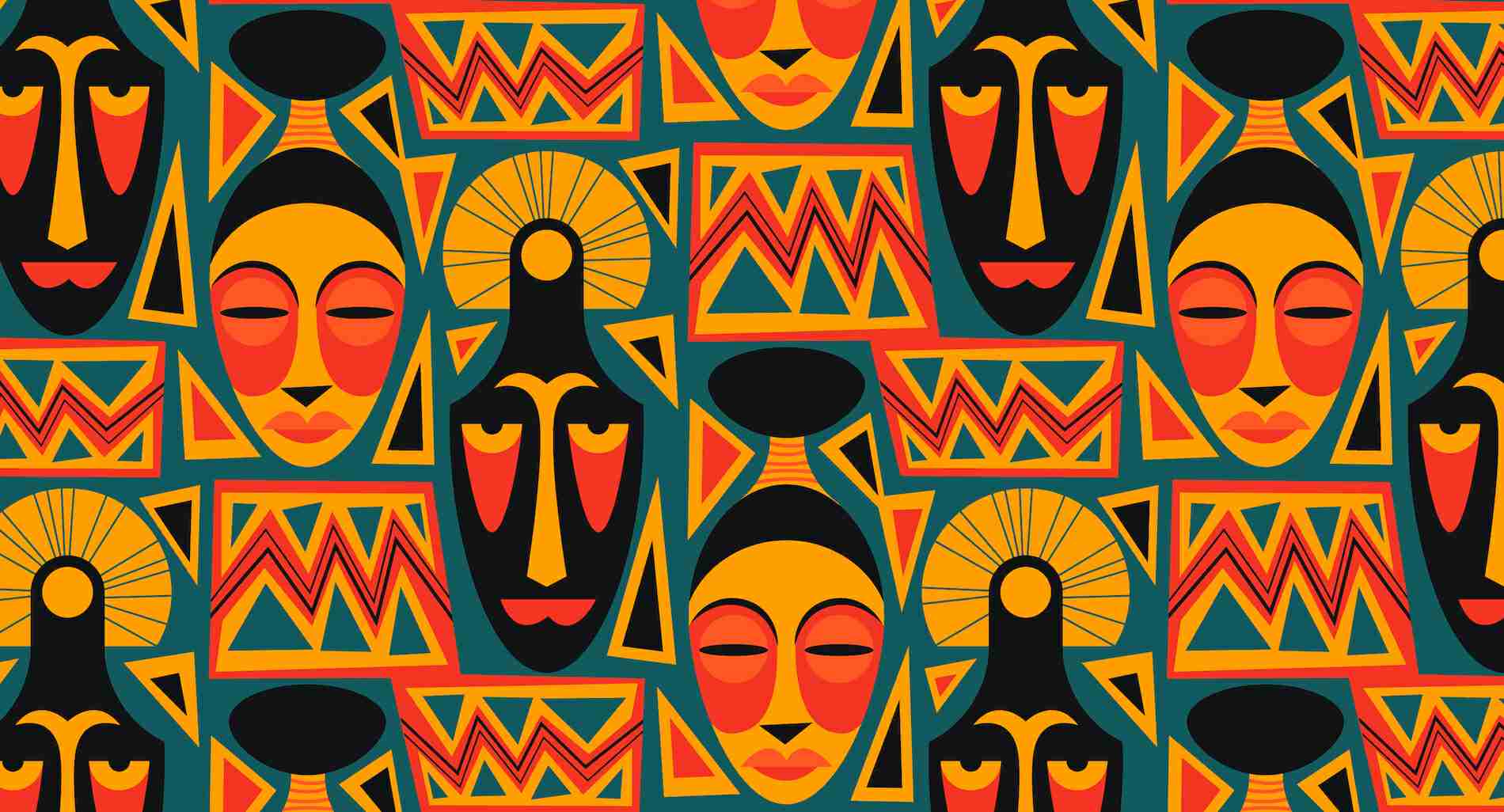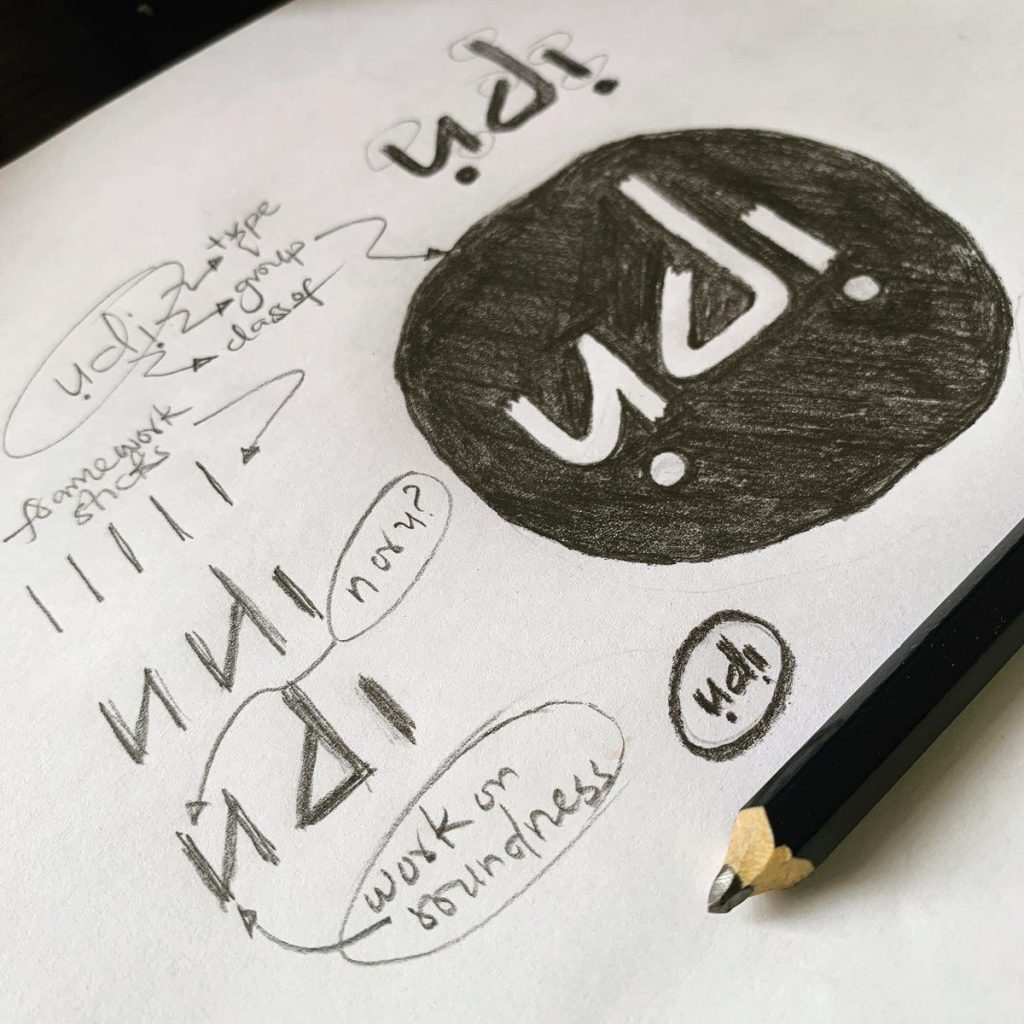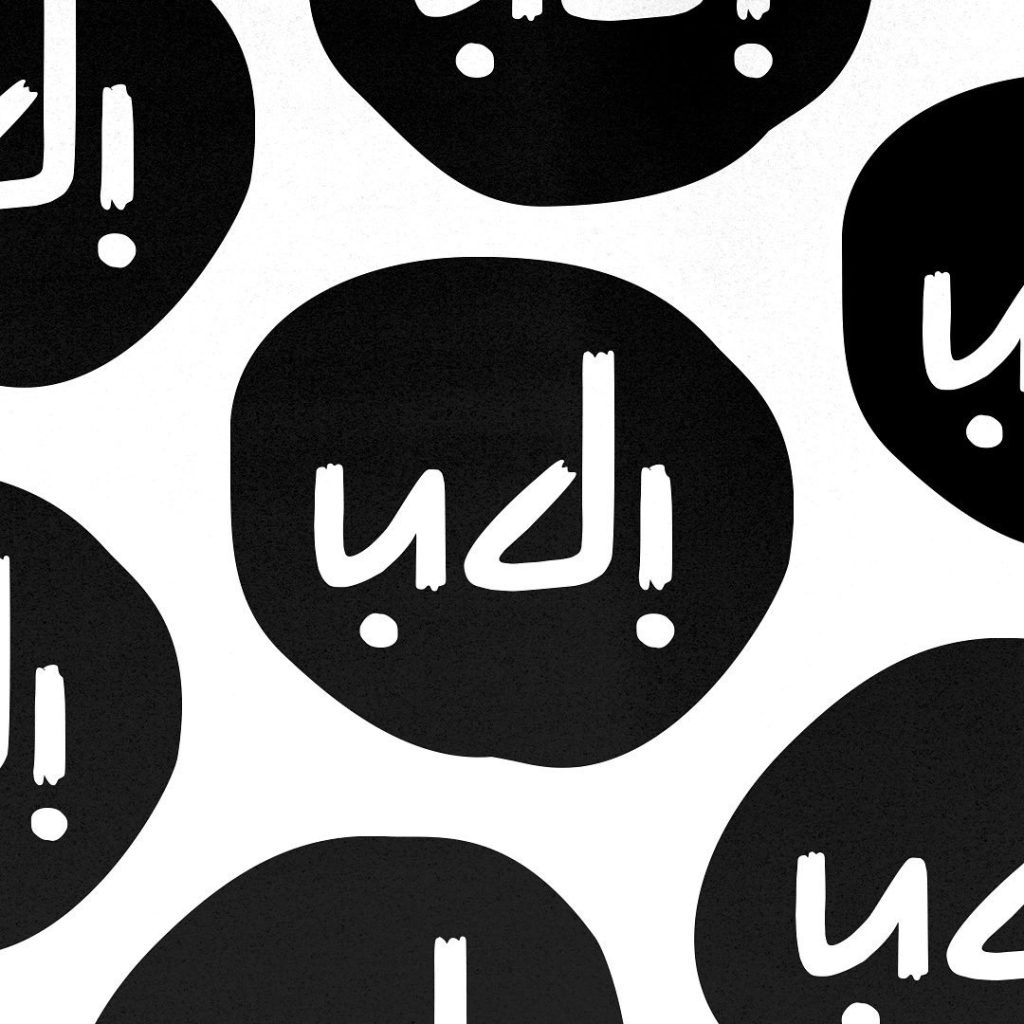A Tale of Everlasting Changes
Branding is a never-ending story that unfolds with each page turn. It is a continuous journey of discovery and evolution in which creative abilities take center stage. Designers iterate on concepts in search of perfection, or maybe close to it. By weaving together threads of colors, typography, imagery, and symbolism, we create a tapestry that resonates deeply with the target audience.
Just like the design process, to create an effective brand identity, one should know who they are creating for and why they are creating it. What would you love people to think about when they hear or see your brand? In order to position yourself appropriately, develop your brand strategy.
Perception is critical in branding. This is the mental picture that a person has about your brand, whether they’re a customer or not. The branding process—or lack thereof—is responsible for creating this perception. When it comes to branding, it doesn’t end with aesthetically pleasing interfaces. There are other values, like integrity, transparency, etc., that could be associated with your brand’s identity. In regards to branding, in my opinion, there has to be a balance between the visual (logos, products, and content) and nonvisual assets of your brand (customer experience and support).
“If you don’t give the market a story to talk about, it’ll define your brand’s story for you.”
David Brier
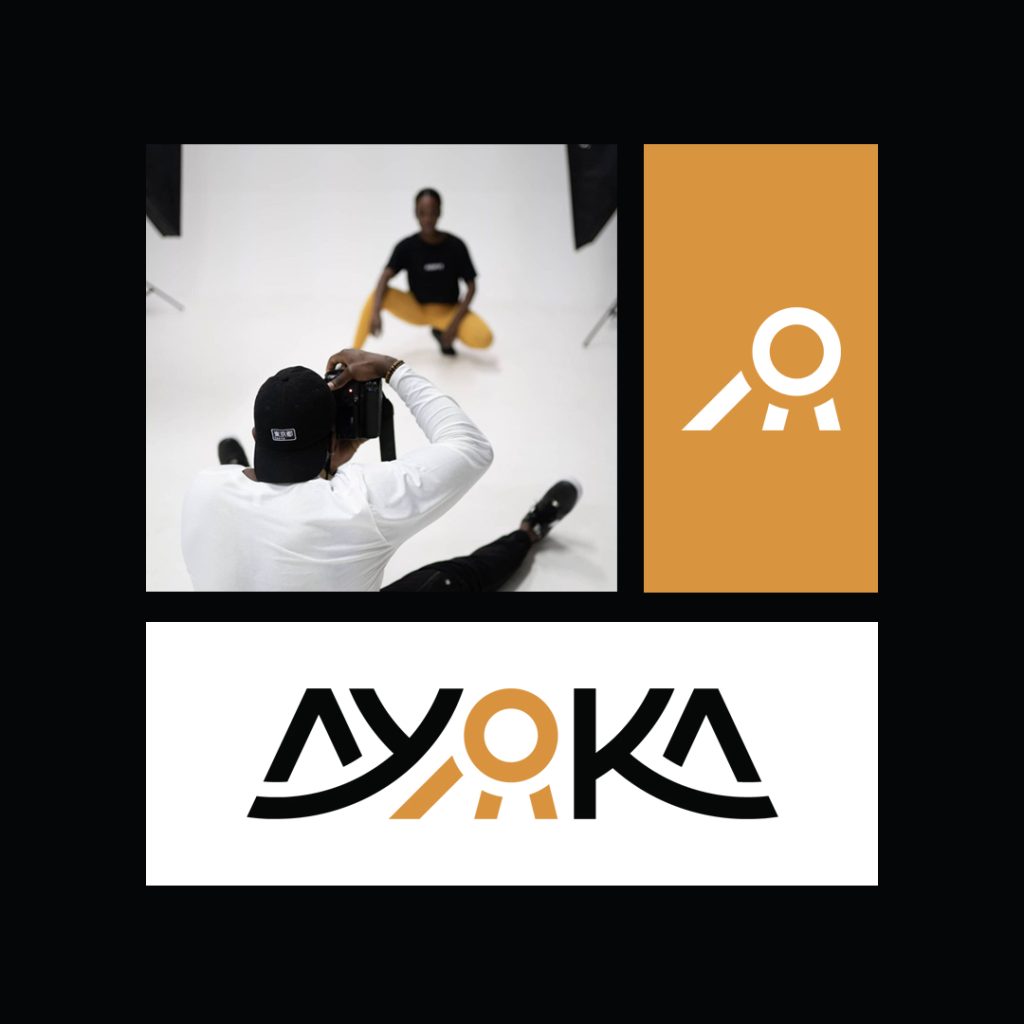
Potential and opportunities that exist in the diverse African market for designing impactful branding strategies
Africa is a culturally diverse continent, home to over 2,000 distinct ethnic groups and languages. This diversity creates a vibrant tapestry of traditions, values, and storytelling that can be used to develop authentic and resonant branding strategies. Designers and brands can leverage the deep African history to communicate with or engage an African audience. Designers can develop brands that forge strong bonds with African consumers by incorporating the unique cultural characteristics of particular African regions or nations.
In Africa, culture and identity are intricately entwined, and the people frequently feel a deep sense of pride in their heritage. Understanding and appreciating this cultural diversity can help brands connect with African consumers emotionally and psychologically. As a source of inspiration, Africa is known for its vivid colors, intricate patterns, and symbolic motifs.
Moreover, African cultures place significant value on storytelling. They have been used for many years for transferring values, knowledge, and cultural heritage. Voice and tone have the ability to arouse feelings in listeners and forge a bond with them. The tone can be warm, playful, inspiring, empathetic, colorful, or any other emotion that appeals to the brand’s positioning and target audience.
According to the UN, Africa has the world’s youngest population, with a sizable proportion of people under the age of 30. This demographic offers designers the chance to create brands catering to young Africans’ aspirations, preferences, and digital lifestyles. Designers can tap into this market segment’s energy and enthusiasm by using a youth-centric approach and digital channels and shaping their brand identities accordingly.
Examples of such software include:
- Bloomplay is an African music streaming platform with a large collection of African and international music, playlists, and music videos.
- Jumia: is an e-commerce platform that operates in several African countries and offers a diverse range of products such as electronics, fashion, and beauty.
- Maxhosa Africa– A South African fashion brand celebrated for its innovative knitwear designs that draw inspiration from Xhosa heritage and culture
- Jumia is an e-commerce platform operating in multiple African countries, offering a wide range of products, including electronics, fashion, beauty, and more.
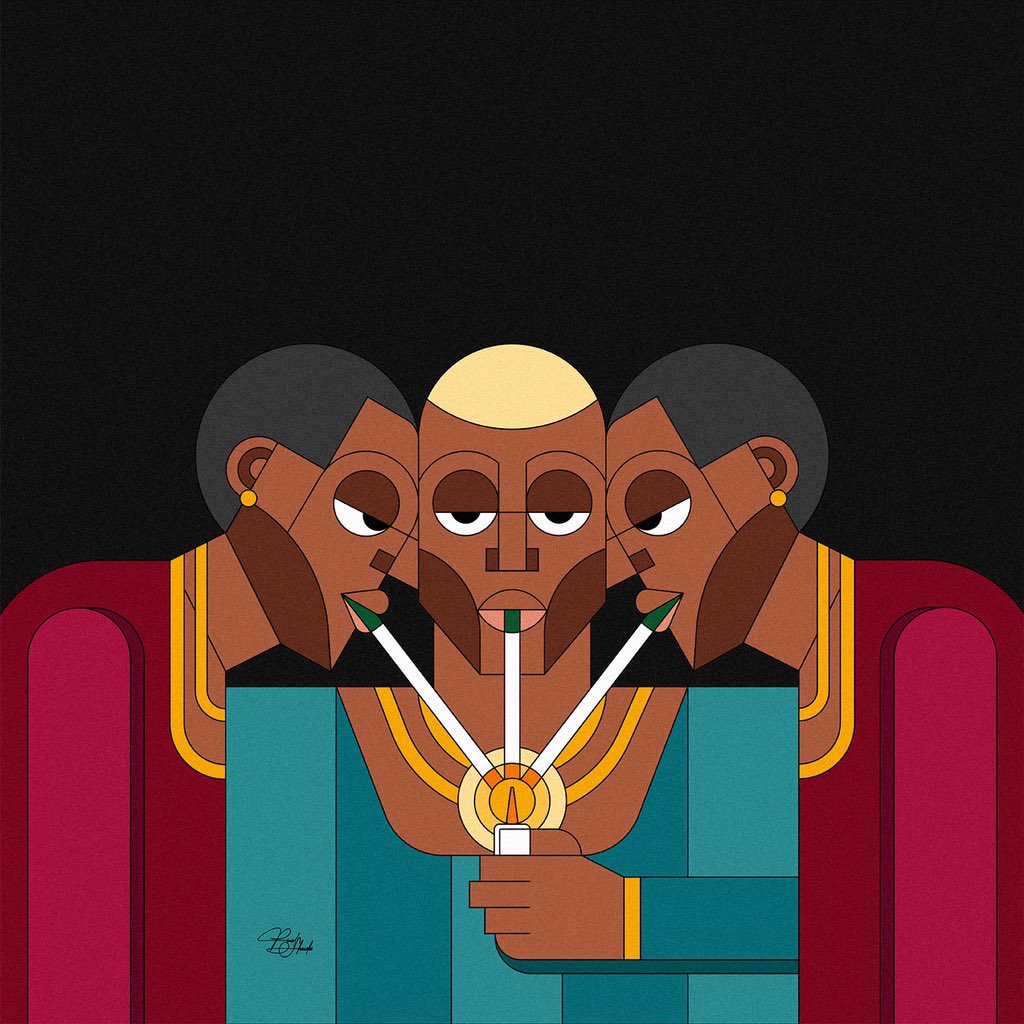
Understanding the African Market
Even within regions in Africa, consumer preferences can vary widely between nations. Consumer behavior and purchase decisions are influenced by a variety of variables, including income levels, urbanization rates, and access to technology. Designers need to conduct in-depth user research to learn about these preferences, including product preferences, communication methods, and spending patterns. This knowledge makes it possible to effectively target the desired audience and tailor branding strategies to particular groups of customers. Africa’s market is evolving quickly, with new trends and changing consumer habits. For instance, there is a rising interest in digital solutions and e-commerce, as well as a growing demand for environmentally friendly and socially conscious goods. In order to align their branding strategies with the evolving needs and aspirations of African consumers, designers must stay on top of these trends.
Visual Identity Design
To successfully design for the African market, brand designers should pay attention to the visual identities available like colors and patterns. Visual identity is important in branding as it helps create a strong and memorable picture that resonates with the target audience. To do this, you must consider the following:
- Logos: The focal point of a brand’s visual identity is a well-designed logo. It must convey the brand’s values, embody its essence, and be instantly recognizable. For instance, the logo of Safaricom, a major telecommunications provider in Kenya, features a stylized rendition of a Maasai shield, a significant cultural symbol in that country.
- Typography: Typography is essential for visual identity design because it establishes the mood and expresses the brand’s character. Designers can experiment with a variety of typographic styles in the expanding market in Africa, from traditional and handcrafted fonts to modern and clean typefaces. An example of this is Nando’s, a popular fast-food restaurant in South Africa. African art and typography serve as inspiration for the brand’s distinctive and bold font. The brand uses a distinctive and bold font that draws inspiration from African art and typography.
- Color Scheme: MTN (Mobile Telecommunications Network) uses a vibrant color scheme that features hues of yellow and blue. MTN is a well-known mobile network provider in several African nations. This combination of colors exudes vitality, hope, and dependability.
- Imagery: Orijin, an alcoholic beverage brand from Nigeria, has become well-known for its distinctive branding and marketing strategy. The cultural imagery used in Orijin embodies Nigerian traditions and customs. Traditional patterns, tribal motifs, and well-known Nigerian symbols can be seen on the brand’s packaging and promotional materials, which contribute to the creation of a distinctive and recognizable visual identity.
Measuring Brand Success
Businesses can better understand their target market’s level of brand recognition and familiarity by measuring brand awareness. The collection of feedback is crucial in the diverse market of Africa, where brand awareness may vary significantly between different regions and communities. Customer engagement should be steered toward the brand. It can be measured using metrics like social media engagement (likes, comments, and shares), email open rates, click-through rates, and customer feedback surveys. At the end of the day, campaigns for branding should result in increased sales, market share, or customer acquisition.
Remember Authenticity
Let’s emphasize the importance of embracing African cultural identity, rather than succumbing to Western influence., and remember that, to t appeal to the African market, ideas need to come from within the continent itself. To further this claim, here are some of the amazing African designers who contribute to putting African designs at the peak of branding;
* * *
Are you interested in connecting with and supporting African designers? Design Matters Lagos will take place in-person and online on November 15-16, 2023, in Lagos, Nigeria. To learn more, visit the website.
Thirsty for more African design? Check out this interview with Guidione Machava.
Cover photo credit

Did you enjoy the article? Share it on

